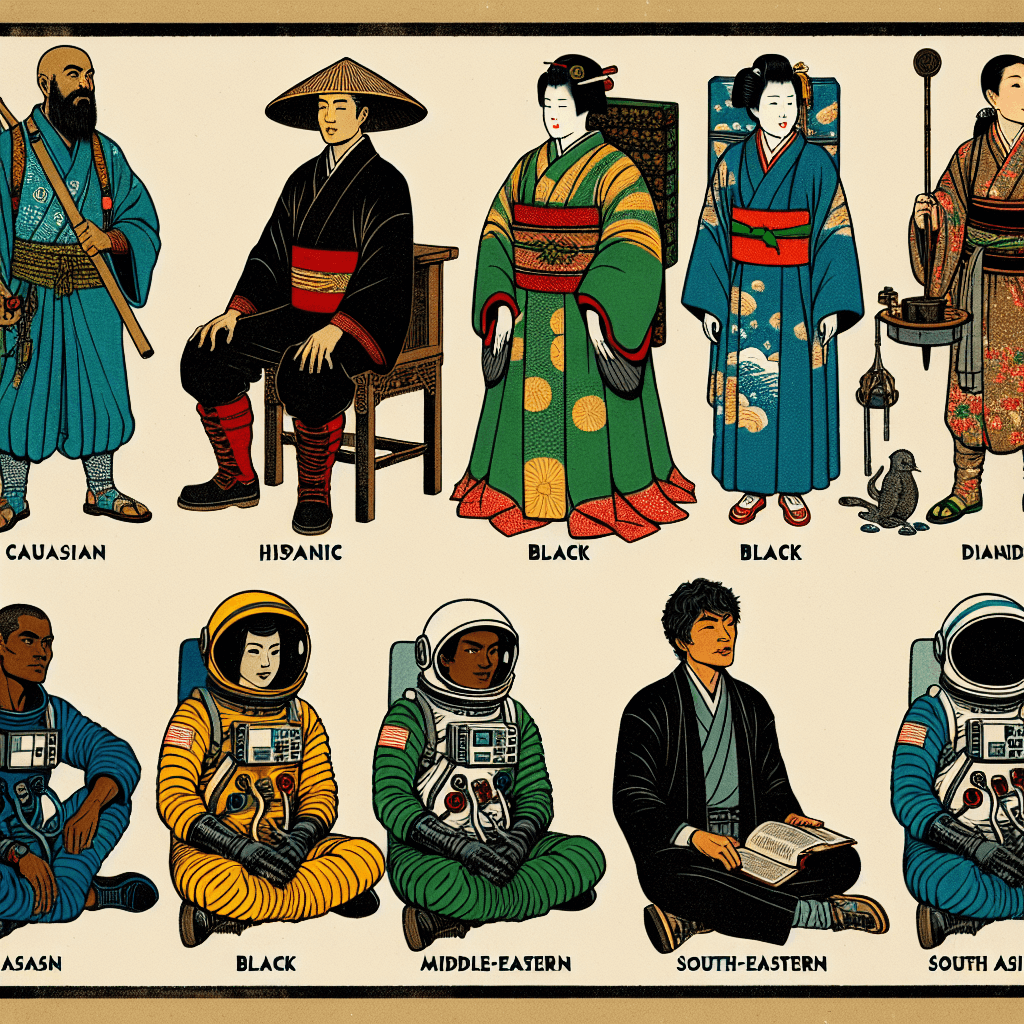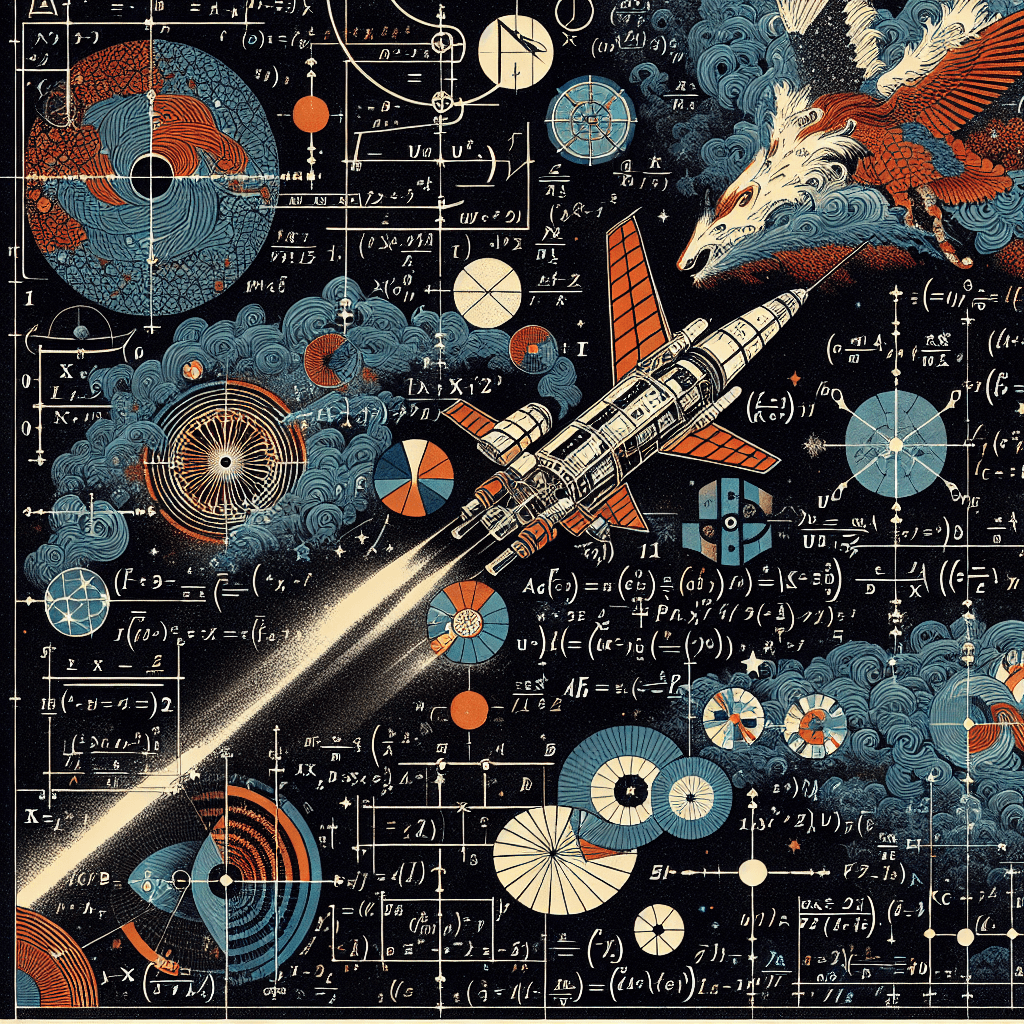Tokenizing and Encodings: The Building Blocks of Generative Models
syndu | Aug. 27, 2024, 6:35 p.m.

Tokenizing and Encodings: The Building Blocks of Generative Models
Introduction
In the realm of artificial intelligence, generative models have emerged as powerful tools capable of creating new data samples from learned distributions. These models have applications ranging from image synthesis to text generation and drug discovery. Central to the functioning of generative models are the processes of tokenizing and encoding, which transform raw data into a format that machine learning models can understand and manipulate. This post delves into the concepts of tokenizing and encodings, exploring their significance and different types used in generative models.
Tokenizing: Breaking Down Data
Tokenizing is the process of converting raw data into smaller, manageable units called tokens. These tokens are the smallest units of text that a model processes and can be words, subwords, or characters. Tokenizing is a crucial step in preparing data for machine learning models, as it allows the model to understand and manipulate the data effectively.
Types of Tokenizing:
-
Word Tokenization:
- Definition: Splits text into individual words.
- Example: The sentence "Generative models are fascinating" would be tokenized into ["Generative", "models", "are", "fascinating"].
- Use Case: Suitable for tasks where the meaning of individual words is important, such as sentiment analysis.
-
Subword Tokenization:
- Definition: Breaks down words into smaller units called subwords.
- Example: The word "unhappiness" might be tokenized into ["un", "happiness"].
- Use Case: Useful for handling rare or unknown words, as it allows the model to understand and generate words it has not seen before.
-
Character Tokenization:
- Definition: Splits text into individual characters.
- Example: The word "AI" would be tokenized into ["A", "I"].
- Use Case: Effective for languages with a large number of unique characters or for tasks requiring fine-grained text analysis.
Encodings: Representing Tokens Numerically
Once the text is tokenized, the next step is to convert these tokens into numerical representations that the model can process. This is where encodings come into play. Encodings transform tokens into vectors, capturing their semantic meaning and relationships.
Types of Encodings:
-
One-Hot Encoding:
- Definition: Represents each token as a binary vector with a single high (1) value and the rest low (0).
- Example: For a vocabulary of ["AI", "is", "fascinating"], the token "AI" might be encoded as [1, 0, 0].
- Use Case: Simple and intuitive but can be inefficient for large vocabularies due to high dimensionality.
-
Word Embeddings:
- Definition: Represents tokens as dense vectors in a continuous vector space, capturing semantic relationships.
- Example: The words "king" and "queen" might have similar embeddings, reflecting their related meanings.
- Use Case: Widely used in natural language processing tasks, as they provide rich semantic information and reduce dimensionality.
-
Byte Pair Encoding (BPE):
- Definition: A subword tokenization technique that iteratively merges the most frequent pairs of characters or subwords.
- Example: The word "lower" might be encoded as ["low", "er"].
- Use Case: Effective for handling large vocabularies and rare words, commonly used in models like GPT and BERT.
-
Contextual Embeddings:
- Definition: Generates token embeddings that capture the context in which the token appears, using models like BERT or GPT.
- Example: The word "bank" in "river bank" and "financial bank" would have different embeddings.
- Use Case: Enhances the model's understanding of polysemous words and context-dependent meanings.
Embedding Space: Mapping Tokens
The encoded tokens are mapped into an embedding space, a continuous vector space where tokens with similar meanings are located close to each other. This space allows the model to perform vector arithmetic, enabling it to generate new data samples and understand complex relationships between tokens.
Key Concepts in Embedding Space:
-
Vector Addition and Subtraction:
- Definition: Combining or differentiating vectors to generate new data points.
- Example: The vector for "king" minus "man" plus "woman" results in a vector close to "queen".
- Use Case: Useful for analogical reasoning and generating new words or phrases.
-
Scalar Multiplication:
- Definition: Scaling vectors to adjust the magnitude of data points.
- Example: Multiplying the vector for "happy" by a scalar might amplify its intensity.
- Use Case: Adjusting the strength or emphasis of certain features in the data.
Conclusion
Tokenizing and encodings are fundamental building blocks of generative models, transforming raw data into a format that machine learning models can understand and manipulate.
By breaking down data into tokens and representing them numerically, these processes enable generative models to generate new data samples, understand complex relationships, and perform various tasks effectively. Understanding these concepts is crucial for developing advanced and efficient AI systems.
Next Steps
- Review and Feedback: Share this draft for review and feedback to ensure accuracy and clarity.
- Finalize and Publish: After incorporating feedback, finalize the post and publish it as part of the content series.
- Promotion: Promote the series across relevant channels to reach a wide audience.
This content aims to provide a comprehensive and insightful exploration of tokenizing and encodings in generative models. If there are any specific aspects you would like us to focus on or additional topics to include, please let us know!









